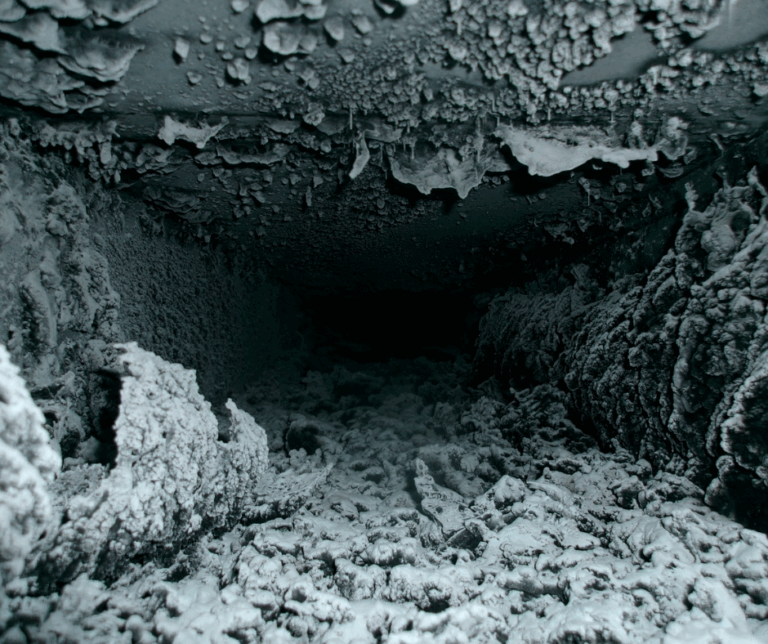Microclimate in Work Environments
When analyzing occupational health and safety risks, microclimate is one key factor to be considered. The word microclimate refers to the set of physical factors that characterize an enviroment (e.g. home/work) and individual factors that contribute to thermal exchanges between building occupants and the place where they are. These factors are crucial for the thermal comfort of an individual in a specific environment. Among physical factors that characterize working and non-working environments we can find:
- air temperature;
- air velocity;
- air relative humidity.
Individual factors include:
- metabolic activity (which is different for everyone);
- the tasks that each individual is performing;
- clothes.
Occupational risk related to microclimate
Microclimate has a significant influence on workplace well-being, as it can cause considerable discomfort to building occupants. The human body is thermoregulated, meaning it absorbs heat from the surrounding environment and, later, it releases it. A too hot or too cold indoor environment prevents individuals from gradually adapting to new conditions, with potential consequences for health and concentration. This is is defined as
occupational microclimate risk.
How to prevent risks deriving from indoor climate
Here are some guidelines to follow in order to protect yourself from bad microclimate in your work environment.
- Ensure frequent air exchange (which includes turning on HVAC systems and make sure they are clean and well-functioning);
- adjust ventilation according to the needs of workers;
- avoid overcrowding to reduce heat sources;
- learn and follow guidelines regarding temperature and humidity levels to be maintained.
HVAC Hygiene and Microclimate
Regular HVAC maintenance is crucial to ensure proper indoor air exchange, but that’s not all. Thermoregulation issues, combined with potential chemical or microbiological HVAC contaminations (which are typical of ventilation systems) can lead to Sick Building Syndrome. To avoid occupational health and safety risks and protect human health, air exchange is not enough: good HVAC hygiene is essential. Go to the NADCA Breathing Clean blog and read more about the benefits of HVAC cleaning!





